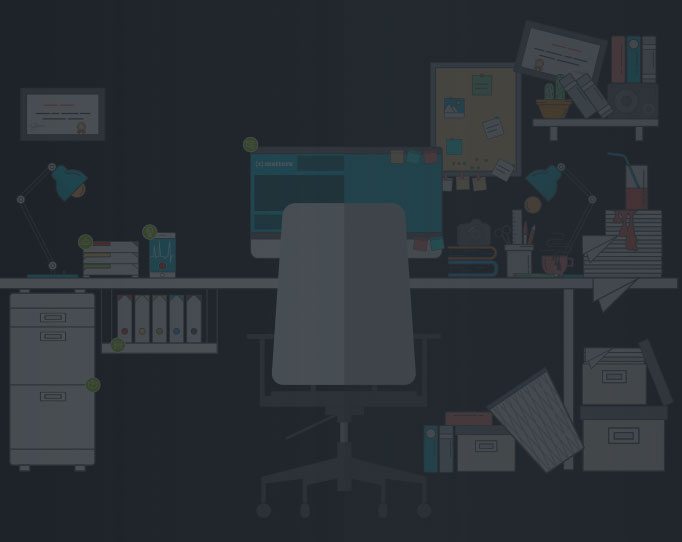ITIL Is Wrong: Non-Standard Cases Are Normal

When IT departments face alerts, incidents, or requests, their model for responding must reflect the real world. ITIL excels at this. But ITIL makes the implicit assumption that the whole world can be standardized and treats non-standard situations as an exception condition. We should treat these non-standard conditions as normal, using a body of knowledge called Case Management.
So some of our activity is “Standard”: known, familiar, defined.
And the rest is “Case”: unknown, unfamiliar, undefined.
By combining these two approaches into Standard+Case, we get a complete model for how to respond to all situations, familiar and unfamiliar. The methods, people, skills, and metrics we use are quite different in each. Access to information and intelligent communication help organizations choose the appropriate model depending on the situation. Over time, we can document some Cases as new Standard models.

Turning Cases into new Standard Models.
There is a natural progression to deal with unfamiliar situations and thereby learn how to deal with them next time, so that eventually we come up with standard response. In other words we are constantly standardizing our world. On the other hand, the world insists on changing. Novel situations arise, so that we have a continual flow of new, unknown, unfamiliar Cases to be dealt with and eventually standardized, in an endless cycle.
Once you come to understand this model of the standard and the nonstandard, you start to see it everywhere. It is a universal description of how we respond to any kind of situation.

Standard+Case gives us a complete view of the IT universe.
Our new white paper discusses the Standard+Case model in more detail.Our new white paper discusses the Standard+Case model in more detail.
The model has interesting implications for how you organize and train people to respond; and it has interesting implications for how you automate.
The implications for people
When you look at staffing, the Standard+Case model can be used to offer a career path for individuals who want to stay working in the response area. Beginners entering the job can be given the most simple of standardized work to do, where they are following a sequence of instructions to respond to a known situation. This is more comfortable for people starting out, and it’s more comfortable for the organization to know they are not attempting responses beyond their capabilities. Over time, staff develop the skillset to respond to more complex situations.
You may even have a certification program to track their progress and authorize them to take on new Standard Models (e.g. security access provisioning). Only the most experienced people with the broadest skillset are assigned to deal with Cases, with the situations that are unknown and unfamiliar. This keeps the experts happy as they are given challenging work, not given mundane tasks; and it is good for the organization to deploy the most expensive resources where they are best utilized. Everybody has a clear path of increasing capability, and increasingly interesting and prestigious work, culminating in the title of case worker.
This strategy for people development aligns with the direction in society to move information workers from a clerical/industrial model to a knowledge worker model. Knowledge workers are people who are empowered to bring their own skills, tools,experience, and decisions to bear on achieving an outcome set for them. Standard responders are clerical. Case workers are knowledge workers.
The implications for technology
The Standard+Case model also has implications for automation. Setting aside Artificial Intelligence for the moment, you can only automate work which is standardized, defined, and repeatable, which is a subset of a subset of the situations that we respond to. This makes a lie of the fear that automation does people out of jobs. IT people worrying about automation is like firemen worrying about sprinkler systems.
All that automation does is take away the drudge work. If you combine automation with self-service facilities, then not only do you remove the drudge work but you even remove responding to requests for it by allowing those requesting to serve themselves.
Artificial intelligence does complicate the situation. As AI advances in our industry, software robots will become capable of dealing with increasingly advanced situations. Even today, we can use expert systems to deduce the responses to some undefined situations. This will certainly grow over time, but for now, our automation scope is limited, and its benefits to individuals are great.
Automation is of course the foundation of DevOps. You cannot accelerate your cadence much while maintaining your quality and keeping down your risk unless you automate as much as possible of your activities. Making manual processes go faster is a formula for failure.
So we can see that the Standard+Case model is a powerful tool for improving the satisfaction and productivity of our staff, and for understanding the effective application of automation.
Learn More About Standard+Case
Learn more about taking a holistic approach to IT from Rob England at his blog, The IT Skeptic, and from his books, including Plus! The Standard+Case Approach. For more information, read Rob’s new white paper on turning undefined Case Management situations into new Standard Response Models, written for xMatters: Standard+Case: How IT Response Models Drive Modern Operations.

